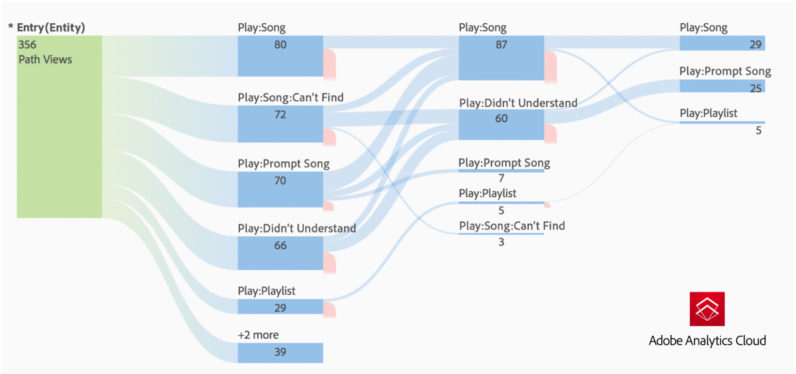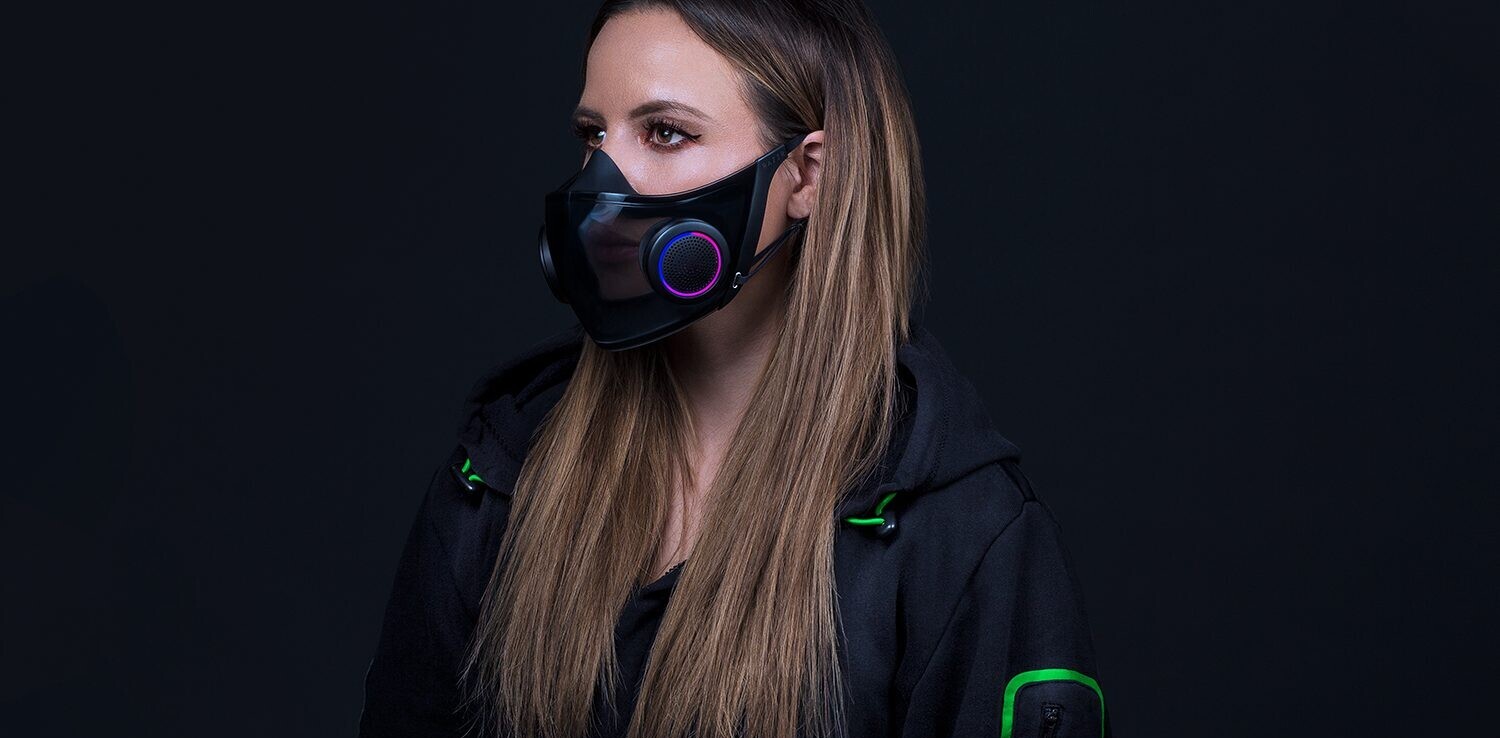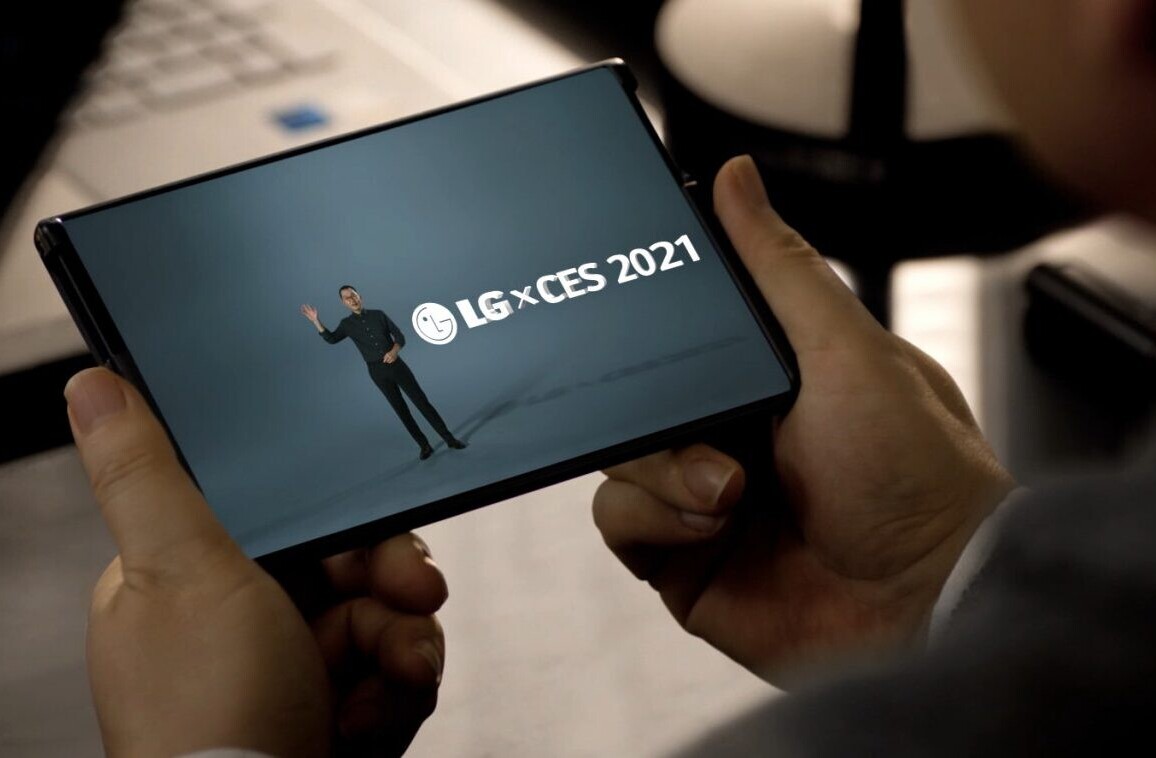
The rise of voice-enabled devices and digital assistants such as Amazon’s Alexa and Google Home is allowing consumers to engage through our most natural form of communication.
Maybe, we shouldn’t be too surprised to hear that Adobe Analytics data shows that online sales of voice-enabled devices grew 39 percent year-over-year. As we celebrate ten years of the iPhone, many believe that this latest report is a clear indication of a bright future for voice interfaces.
Adobe believes that brands need to start thinking about creating standout voice-driven experiences to remain competitive. The announcement of voice analytics capabilities is aiming to take this technology to another level.
Once again, Adobe is aiming to enable brands to deliver even more personalized customer experiences and create brand loyalty through voice-based interfaces.
Through deep analysis of voice data complemented by artificial intelligence and machine capabilities in Adobe Sensei, brands are gaining audience insights and recommendations, while automating the traditionally cumbersome, manual analysis.
In a world where timing is everything, Adobe has its sights set on enabling brands to instantly react to insights and deliver experiences that genuinely delight customers.
When I spoke to Colin Morris, Director of Product Management, Adobe Analytics Cloud, he advised “When you look at mobile in general, smartphones caught many brands off guard. They didn’t anticipate how quickly consumers would adopt these devices and fundamentally change the way they handle daily tasks.”
This technology will not only change the way consumers interact with their surroundings; it creates an entirely new way for them to interact with brands.
The key ingredient for brands to get ahead of this and deliver on expectations comes down to how well they analyze the data. By measuring interactions and automating analysis via AI and machine learning capabilities, brands will be able to understand where consumers are hitting roadblocks and what sorts of experiences they respond to most.

From a brands perspective, Morris also advised that something as simple as ordering a pizza can be an opportunity for a brand to deliver an intuitive voice experience. “Imagine a customer that frequently orders a cheese pizza with buffalo wings. Over time, the brand learns these preferences and can provide an easy one-step re-order, or offer a customized promotion.”
If getting a pizza at a good price is only a few words away, it creates value that competitors who only have a smartphone or website aren’t able to deliver.
An Adobe consumer survey revealed that more than 1 in 5 consumers now use voice over keyboards at least daily. There are currently 778,000 connections to voice assistants on IFTTT. Morris also told me that this has grown from 6.4x in 2016 and an additional 4.3x in 2017.
Adobe revealed ambitious plans for their Analytics and Experience clouds at this year’s digital summit in Las Vegas. In just a few short months, AI, machine learning, and voice-enabled devices have entered the mainstream.
However, there is much more behind data-driven personalized experiences than another set of buzzwords fit for 2017. Our customer expectation levels now demand that we can hail a cab, book a restaurant table and even somewhere to sleep within a few swipes of our smartphone.
Adobe’s recent announcement suggests that consumers are taken their impatience to a whole new level. It seems we are heading to a future where even a few swipes are too much hassle, and a new era of voice commands is already here.
Many businesses have only just accepted the concept of mobile first and the digital transformation. But, they must now quickly adapt and evolve with their customer’s insatiable appetite for instant gratification.
A website and a smartphone-friendly digital presence will no longer be enough to appease tech savvy consumers. As we look back at ten years of the iPhone and increasingly turn to voice searches, it appears that the digital transformation has a few more surprises in store for us all.
When HoloLens inventor and in-house futurist Alex Kipman controversially told Bloomberg “The phone is already dead, people just haven’t realized.” Maybe he had a point after all.
Get the TNW newsletter
Get the most important tech news in your inbox each week.




